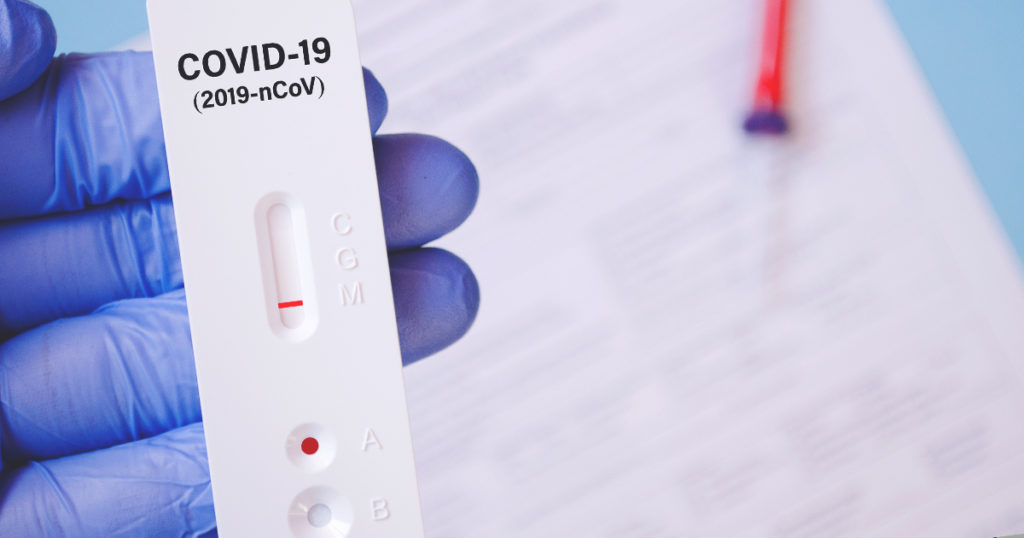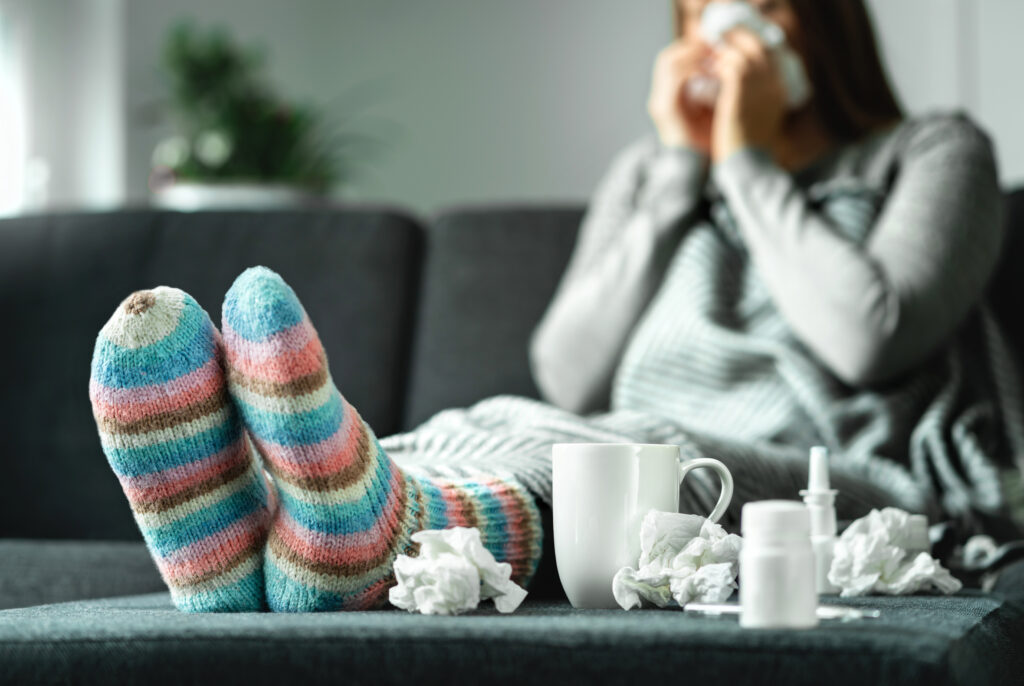As COVID-19 cases remain high, you may have heard about a new variant of the virus, which has recently been detected in 50 countries around the world, including Australia. Specifically, cases of the BA.2 variant – also known as the “son of Omicron” or the “stealth” variant – are increasing across the country.
Here is everything you need to know about the BA.2 variant and how you can continue to protect yourself against COVID-19.
What is the BA.2 variant?
Scientifically speaking, the term “Omicron” refers to a family of subvariant COVID-19 strains, with the main ones being BA.1, BA.2 and BA.3. The Omicron variant that has been spreading rapidly around the world over the last few months is BA.1. Because this new BA.2 strain falls under the same family tree, it’s been dubbed by some as the “son of Omicron”.
How is this strain different from previous strains?
Because this strain is very new, there is limited information available on how its symptoms may differ from previous strains. Health experts have said that there’s no evidence to suggest that its symptoms will be more severe in nature.
However, it does appear that this strain is more transmissible than any strain we’ve seen previously. A recent study in Denmark concluded that the BA.2 variant is roughly 33% more transmissible than the initial Omicron strain. It reportedly also has a higher capacity of infecting fully vaccinated people.
Should I be worried?
While health experts have warned that more cases are expected to emerge in Australia, the strain is currently not a cause for worry.
As with all COVID-19 strains, there are a number of precautions you can take to stay safe. Getting vaccinated (including booster shots) is by far the most effective means of protecting yourself against all strains of COVID-19. Wearing a mask in public places, maintaining a social distance of 1.5 metres and washing your hands regularly are also excellent steps to follow.
You can also read more about whether or not you should be going out right now, and how to prepare a COVID-19 emergency kit in the event of infection.





